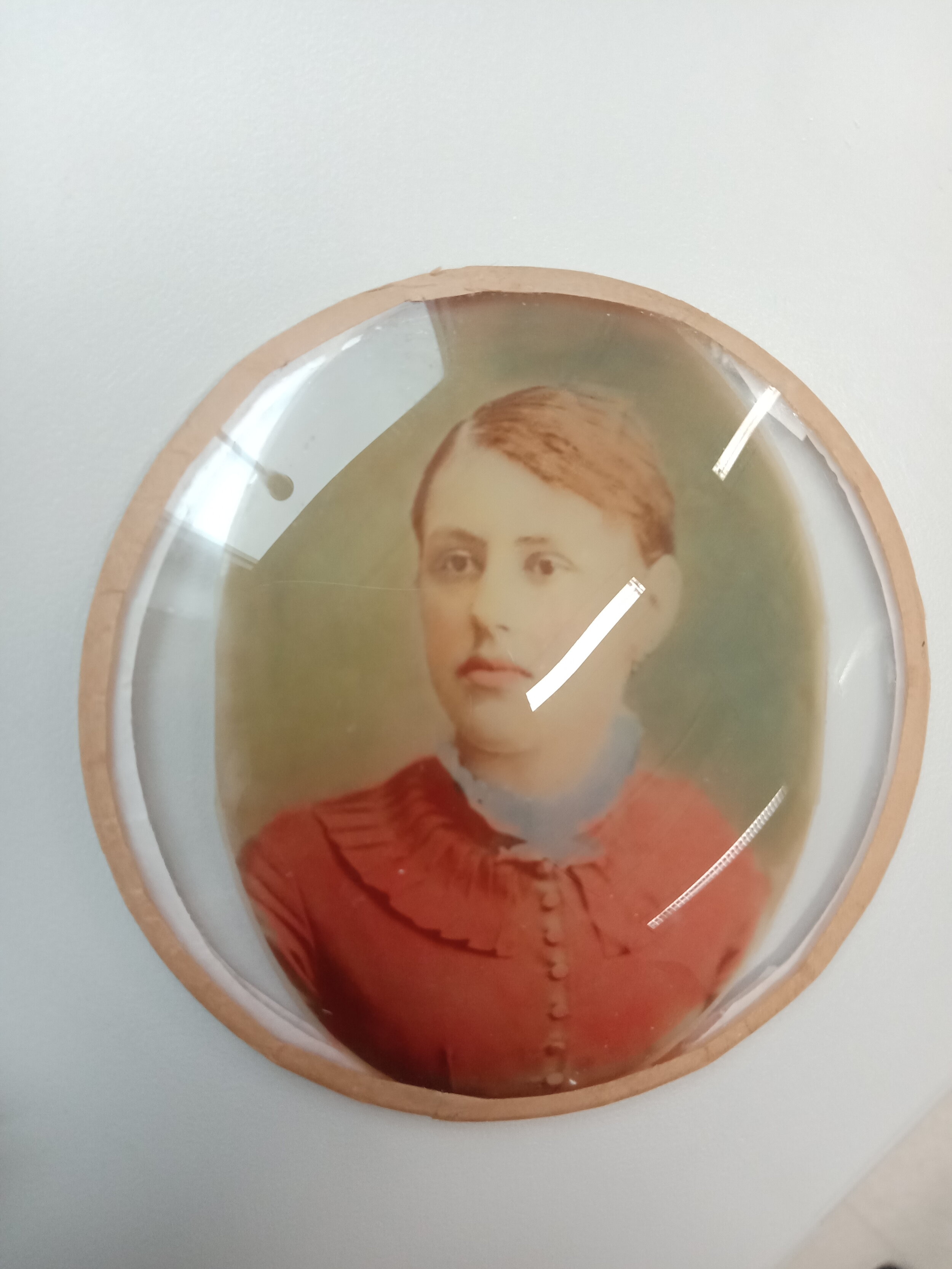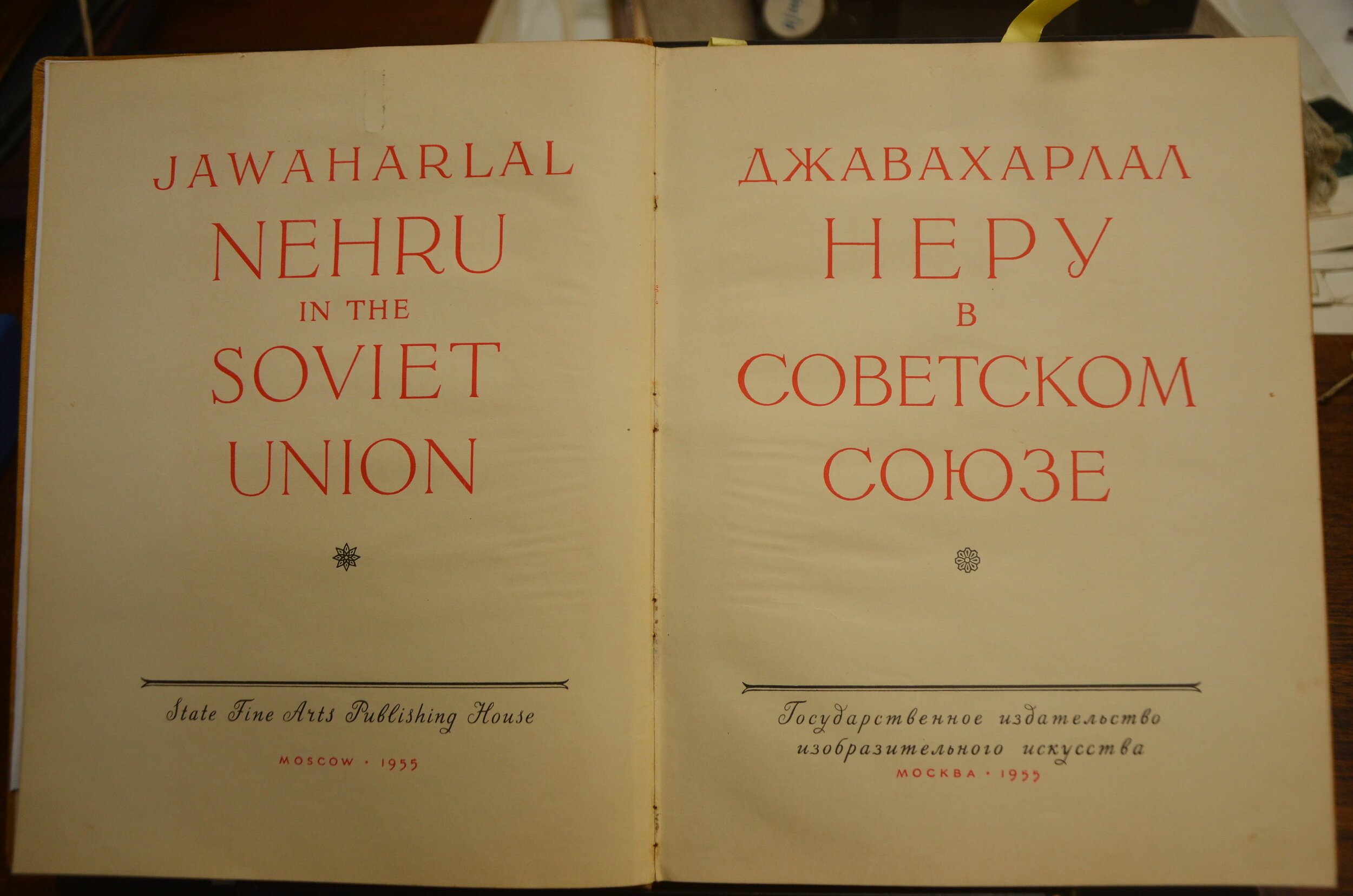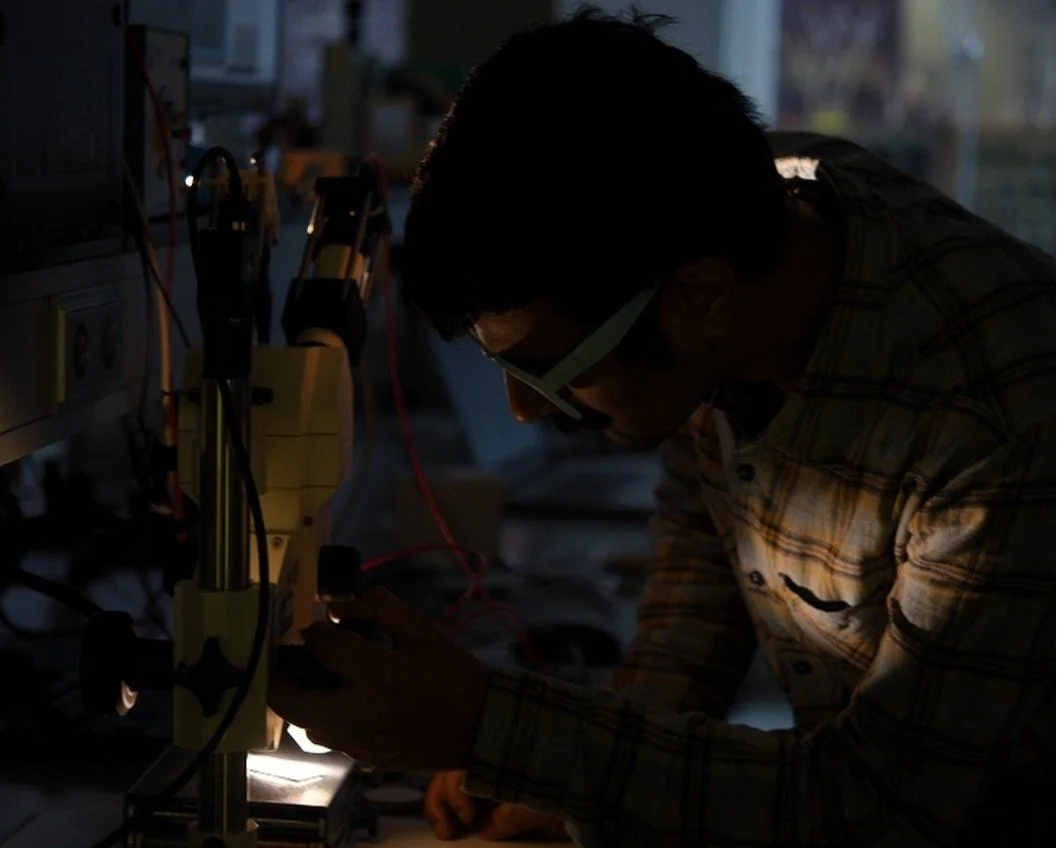Scholar Update: Rahul Sharma
Rahul Sharma is currently pursuing a MA in Conservation and Restoration Photograph Specialization at the University of Amsterdam (UvA).
In this week’s blog post he contemplates his time at UvA so far and the importance of conservation.
Having been at the University of Amsterdam’s MA program for photograph conservation for just over a year now, I figure it is high time for taking stock of what I have done so far, and the areas where there is scope for improvement.
Conservation and restoration of art occupies the slightly numinous space where the arts and the sciences intersect, and being here in Amsterdam has given me the opportunity to start looking at the larger picture of how things actually work in a field where people obsessively watch paint dry.
Let me give you an example. We had an impromptu session on tape removal from the instructor in paper conservation, and we were collectively looking at the various methods to remove tape from paper, which will eventually brown and embrittle the paper it is supposed to join. There are two major ways to go about removing tape; using heat, and using solvents. But the entire conversation was about the chemical structure of cellulose, and how heat, versus chlorinated hydrocarbons would affect the intermolecular bonds between chains of cellulose that make up paper and how that will affect long term stability.
It sounds, and is, terribly arcane and sometimes veers towards self indulgent; but shows the approach that conservation takes these days. The aim is not just to make objects look pretty, or how they were like when they were made; but to make sure that a hundred years from now they will still be there for our future generations to admire; and that necessitates a grand systems level view of what makes up the object that we have to conserve. And developing that view is my primary aim.
While this would be reasonably feasible in areas of conservation of paintings, a field that has been in existence for over a hundred years, or paper conservation, which has not only the combined might of the conservation field, and the paper industry; with photography it is not so easy. While photography was ‘invented’ in 1839, and the earliest studies in the stability of photographs were done in the 1850’s, photography as a whole was a kitchen industry for its first 50 years, and then rapidly grew into a commercial enterprise after. George Eastman started his first photographic plate experiments in his mother’s kitchen, before consolidating all his work into Kodak, which was the monolith that drove the chemical photographic industry before its untimely demise.
Finished Crystoleum
In this setting, most of the information we have about the materials and manufacture are either guidebooks and patents from the 19th century that give instructions on how to make photographs, (directions that might work on a good day if the zodiac and the phases of the moon align); to alarmingly complex photographic processes like the chromogenic film, on which the majority of our colour photographs are taken; which has 14 extremely thin layers deposited on a sheet of film, and whose precise details are still trade secrets. (and whose each layer might deteriorate in a characteristic manner depending on the date of manufacture)
Original Albumen Print
My work here at the UvA has generally tended towards investigation of colour. Last year, my classmates and I recreated Crystoleums, based on a text from the 1860’s, a process of handcolouring albumen prints pasted on glass. Even an enterprise as simple as painting the photo required a weeks worth of research. In my free time I worked with Dr Han Neevel, senior researcher at the Dutch cultural heritage agency (RCE), studying the dyes used to colour postcards in the interbellum period. Dr Neevel’s main thrust of research is investigating dye fading, and him and his team worked on showing that van Gogh’s drawings and paintings were originally a lot more vivid than they are now, as the dyes used in them have faded.
With the help of Dr Neevel, I spent the entire summer working on a new protocol to sample dyes from photographs using a combination of multispectral imaging, and a novel sampling substrate we developed for Raman spectroscopy. We expect to present the results in the conference of the IR and Raman Users Group next year.
Interior of the Secundra Bagh after the Slaughter of 2,000 Rebels by the 93rd Highlanders and 4th Punjab Regiment. First Attack of Sir Colin Campbell in November 1857, Lucknow. Felice Beato, Wellcome Collection (https://wellcomecollection.org/works/gkptkudf)
The research towards colouring and dyes has driven me to my current area of research, where I am looking at early hand painted Japanese albumen prints and trying to identify the materials that were used to make them. The area is virtually unexplored, and the scope for research is infinite, but what draws me to it is how it all ties into Indian history in the Victorian age, and the effect of British Colonisation of South and East Asia. Most of us are familiar with Felice Beato and his photos of the aftermath of the Mutiny in Lucknow and Delhi. What fewer know is that India was the middle of Beato’s Career. He photographed the Crimean War, moved to India, and photographed the Mutiny, and then moved to China to photograph the Opium war. After China, Beato moved to Yokohama, the newly opened treaty port, and set up a studio and began photographing Japan’s sights. More importantly, his studio was among the first to produce hand coloured albumen prints in Japan, aided by his colleague Wirgman, and talented Japanese colourists and photographers such as Kimbei.
Japanese Doctor and Patient Felice Beato, 1869 The Getty Collection http://www.getty.edu/art/collection/objects/104128/felice-beato-japanese-doctor-and-patient-english-1868/
I am currently working on conserving an album of Japanese views made for the tourist trade in the mid 1880’s and using the techniques developed by Dr Neevel and I to identify the materials. Using a mixture of scientific tools such as Raman and Fourier Transform IR spectroscopy, and x-ray fluorescence, and combining it with archival research of ship manifests and tax records from England, Aden, Calcutta, Hong Kong, and Shanghai, I aim to gain a better understanding of the materials that a photographer in Japan would have to create photographs in 1880; and what a museum today needs to do to ensure that the prints in their collection made in this manner do not alter.
Hopefully, what I glean from this research will aid me in understanding hand coloured photographs from India, an area similarly unexplored and fascinating; and a likely subject of subsequent investigations.
Photograph Conservation is a small and young field. My cohort would be the third generation of Photograph conservators. If you take all the photograph conservators in the world and get them together, they would fit in a fairly small conference room. What this means for the field is that the research we do is the preliminary work that the next generation will use to conduct in-depth studies on how to preserve our photographic heritage. It is a terribly exciting time to be involved in this field, and it wouldn’t be possible without the support of the INLAKS grant, which gives me the ability to spend all my time reading century old magazines and books, and work in the rudimentary darkroom I have constructed in my bedroom. The freedom from financial constraints, and the gift of time, allows me the ability to explore, chase windmills, and to undertake what might seem at first sight frivolous projects, all of which contribute to my development as not only a conservator of photographs but also a connoisseur of the visual. These skills and abilities will be of invaluable use when I return to India and start working to preserve our shared photographic heritage.
Cover Photo Credit: Tim Verheijn











